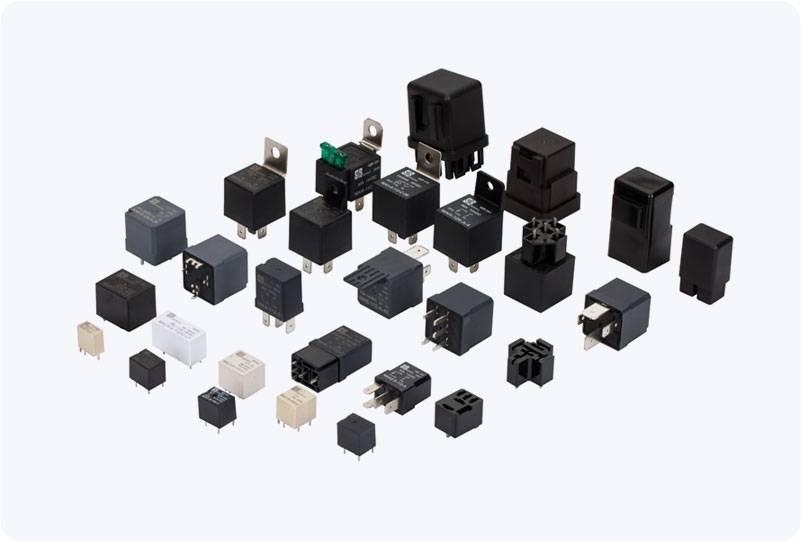hv insulation fault relay: a crucial element in high voltage system protection
Release time:2025-11-15 21:35:02
High voltage (HV) systems play an essential role in modern power grids, enabling the efficient transmission and distribution of electricity over long distances. These systems are typically composed of critical infrastructure, such as transformers, cables, and circuit breakers, all of which rely on insulation materials to prevent electrical faults. However, over time, insulation materials can degrade, potentially leading to hazardous faults that can damage equipment, disrupt services, and even endanger lives. This is where the HV Insulation Fault Relay comes into play.

What is an HV Insulation Fault Relay?
An HV Insulation Fault Relay is a protective device designed to monitor and detect insulation faults in high voltage systems. Its primary function is to ensure the integrity of insulation materials and provide early warning signals when faults or deterioration are detected. By doing so, the relay helps prevent catastrophic failures, improving the overall safety, reliability, and longevity of the electrical network.
The Importance of Insulation in High Voltage Systems
Insulation is the material that prevents the electrical current from leaking out of its designated path, ensuring that electrical components function safely and efficiently. In high voltage systems, the integrity of insulation is paramount. If the insulation fails, it can lead to short circuits, arcing, or even equipment explosions, which can cause significant damage to both the infrastructure and the environment. Furthermore, insulation failure can increase the risk of electrical fires, equipment breakdowns, and personal injury.

